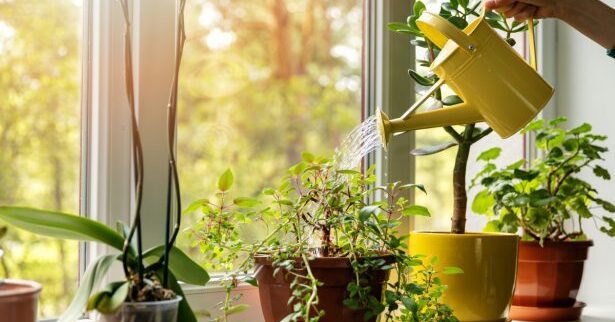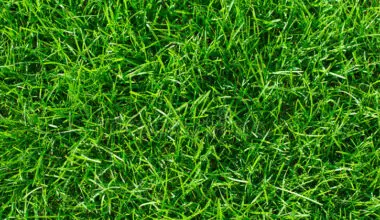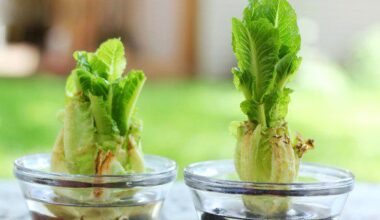In order to prevent your plants from dropping their flowers, you need to water them properly. Should I water on the leaves or at the roots of the plant?
Wet leaves usually become diseased leaves. When leaves are wet in the evening, plants are more susceptible to disease. Leaves that are wet during the day can burn in the sun.
Contents
Why shouldn’t you water the leaves of your plants?
A pitfall that often concerns budding gardeners: pouring water on the leaves. Woe betide you, this practice is to be avoided! You should not water the leaves; the worst is to water only the leaves.
Be aware that parasites can develop on the foliage, so avoid proliferation by not targeting the leaves when watering. The best practice is to water at the foot of the plants: the water will reach the roots much more easily. Of course, don’t forget to hoe the soil so that the water penetrates in an optimal way!
How to water the right way?
Not all plants have the same water requirements, so ask for advice at the garden center and be sure to keep all labels up to date when planting. Also be aware of the type of plants you decide to grow.
If your daily life is already full and you have little time to devote to your outdoors, you will have to make up your mind and limit your choice of plants. Don’t worry, there are plenty of plants that grow without watering!
In any case, many people water plants from above, but then the water may not penetrate to the roots. So always pour the water on the base of the plant. Also, leaves that remain wet for long periods of time may become diseased. A universal principle: “listen” to your plants’ needs by looking at their leaves. If you give them too much water, the leaves look yellowed and wilted. Dry, “crumbly” leaves, on the other hand, signal a lack of water.
You can also water plants using PET bottles. Put the bottles upside down in the soil and fill them with water. This way, the roots must actively seek out water, which makes them stronger.
5 mistakes to avoid when watering plants
1. Overwatering
Watering is essential for the good health of your plants, but you must find the right dosage. Overwatering could drown them. Overwatering would have the same effect as not watering enough; the leaves would soften and very often brown spots would appear on them. To avoid this effect, it is better to wait for your plant to show its need for water rather than watering it too often and risk damaging it.
2. Zone watering
Avoid watering on a zone at all costs at the risk of experiencing one-sided root and plant growth. This growth will result in less efficient water absorption. The solution is to water your plants over a wider area around your plants until the soil is well soaked.
With these tips, you now have all the tools you need to water your plants properly to ensure their perfect health.
3. Follow the advice of a salesperson to the letter
Gardening novices tend to instinctively listen to the advice of the person who sold them their beautiful plants. But their advice is not always to be taken literally, for the simple reason that each plant evolves differently in each interior where the temperature differs from one place to another.
You have to look at your plants. If the root ball is dry, then you can water. If the soil is sticky and still fresh, watering is not yet necessary.
4. Water in the middle of the day
Watering in the middle of the day is not recommended, especially in summer. As the soil absorbs heat, it would lead to obvious water evaporation. Watering in the morning or in the evening ensures a good humidity to your plants.
5. Use tap water
Mistakenly, and probably out of habit, we use tap water to water plants. But plants must be treated gently. Tap water often contains a lot of chlorine and limestone, which will tend to harm them rather than keep them healthy. The temperature of the water should also be monitored. Since plants do not like thermal shocks, it should be neither too cold nor too hot.
The best technique to encourage watering is to fill a bottle of water two days before the watering period. This way, the chlorine will have evaporated and the water will be at an ideal ambient temperature. You can also think about collecting rainwater, thanks to systems to be installed on the gutters.









